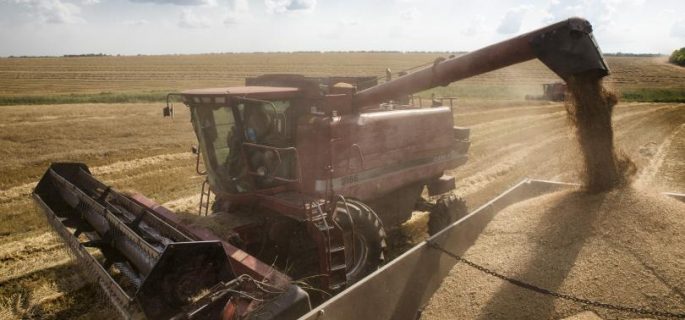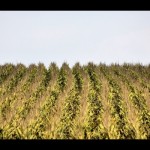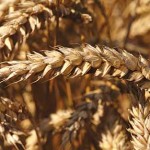Food prices hit highest since 2014, led by dairy, grains, sugar

Food prices have hit their highest since 2014, led by rise by grains and sugar, and a lift in dairy values to a three-year high – although there are some questions over dairy appreciation continuing.
A food price index compiled by the United Nations food agency, the Food and Agriculture Organization, hit 179.1 last month, the highest since December 2014, and a gain of 2.2% month on month.
The index has now recovered 20% from a low reached early last year.
“A combination of supply constraints and currency movements provided support to prices of most cereals, sugar and dairy,” the FAO said.
‘Seasonal tightness’
Indeed, sugar prices rose by 5.2%, gaining for their first time in six months, in an increase the FAO attributed to “strong appreciation of the Brazilian real”, which boosts the value of assets in which the South American country is a major player.
Cereals prices rose by 5.1% month on month, hitting a two-year high, led by wheat “as continued hot and dry weather deteriorated spring wheat conditions further in North America, fuelling quality concerns, particularly for higher protein wheat.
“Seasonal tightness also provided some support to rice quotations, although gains were capped by a slowdown in demand,” the FAO said, although flagging that corn values “remained largely steady, as support provided by a more rapid pace of foreign purchases by China was outweighed by improved weather conditions in the US”.
Three-year high
Dairy values, meanwhile, gained 3.6% to hit their highest in three years – and taking to 70% their rebound from a lot in April 2016.
“Tighter export availabilities pushed butter prices to a new high in July, widening the spread between butter quotations and other dairy products further,” the organisation said.
“Strong buying activity from Asian importers also underpinned cheese and whole milk powder quotations.”
However, skim milk powder prices “were weighed down by slack demand and prospects of larger releases from the intervention stocks in the European Union”, which has built up large inventories of the product through long-term efforts to support the market.
‘A few shocks’
The comments come amid some debate as to whether world dairy values may be in line for a setback, after a drop in 1.6% in values at the latest GlobalDairyTrade auction, on Monday – the fastest pace of decline in five months.
“The GDT auction provided a few shocks,” said Tobin Gorey at Commonwealth Bank of Australia, terming as the biggest a 4.9% tumble in values of butter from record highs, reached thanks to a squeeze on supplies of dairy fats in general.
“The price drop perhaps calls into question the ever-high premiums for milk fat in general,” with values of anhydrous milk fat also dropping by 4.9%, a dip that “also has some ramifications for whole milk powder prices”, Mr Gorey said.
While whole milk powder prices actually rose by 1.3% at the auction, but have eased back 2.3% since on the NZX futures market, to $3,150 a tonne for August delivery.
US, European markets
Key to gauging the outlook for dairy values will be to see if GlobalDairyTrade declines are echoed in other markets, Mr Gorey said.
In Chicago, Class 3 milk futures for August are down some 0.8% since Monday, at $16.45 a hundredweight, while butter futures for August have shown a marginal decline, to 269.35 cents a pound.
On Europe’s EEX market, butter futures for August have held at E6,500 a tonne since the GDT auction.
Source: agrimoney – Food prices hit highest since 2014, led by dairy, grains, sugar





























